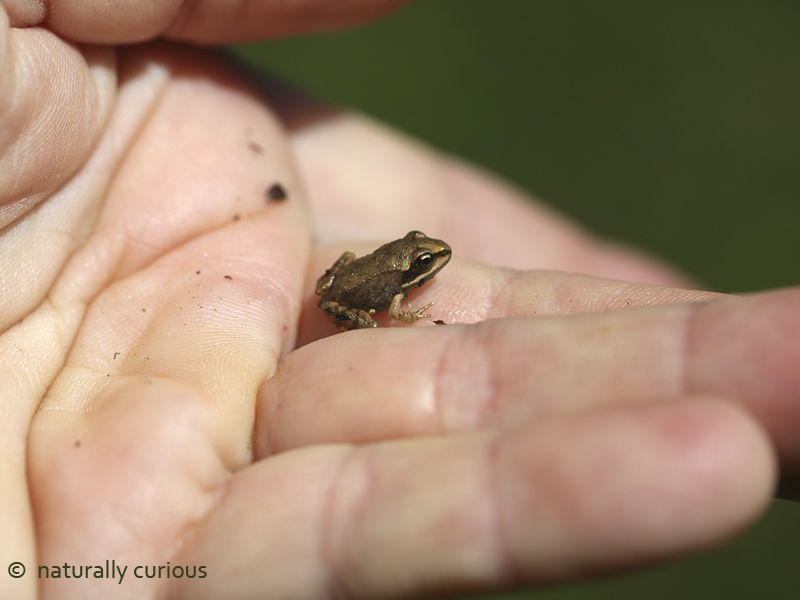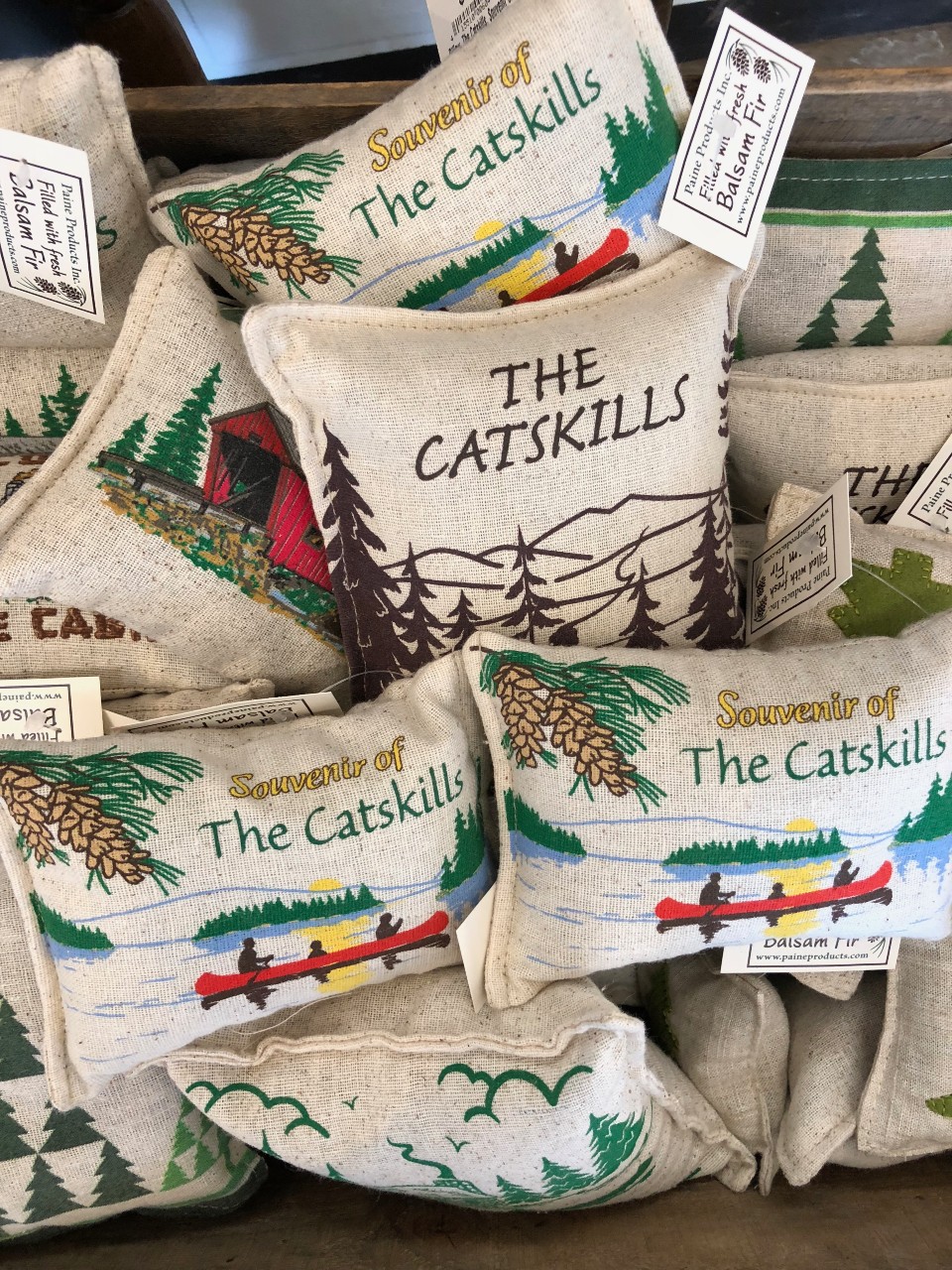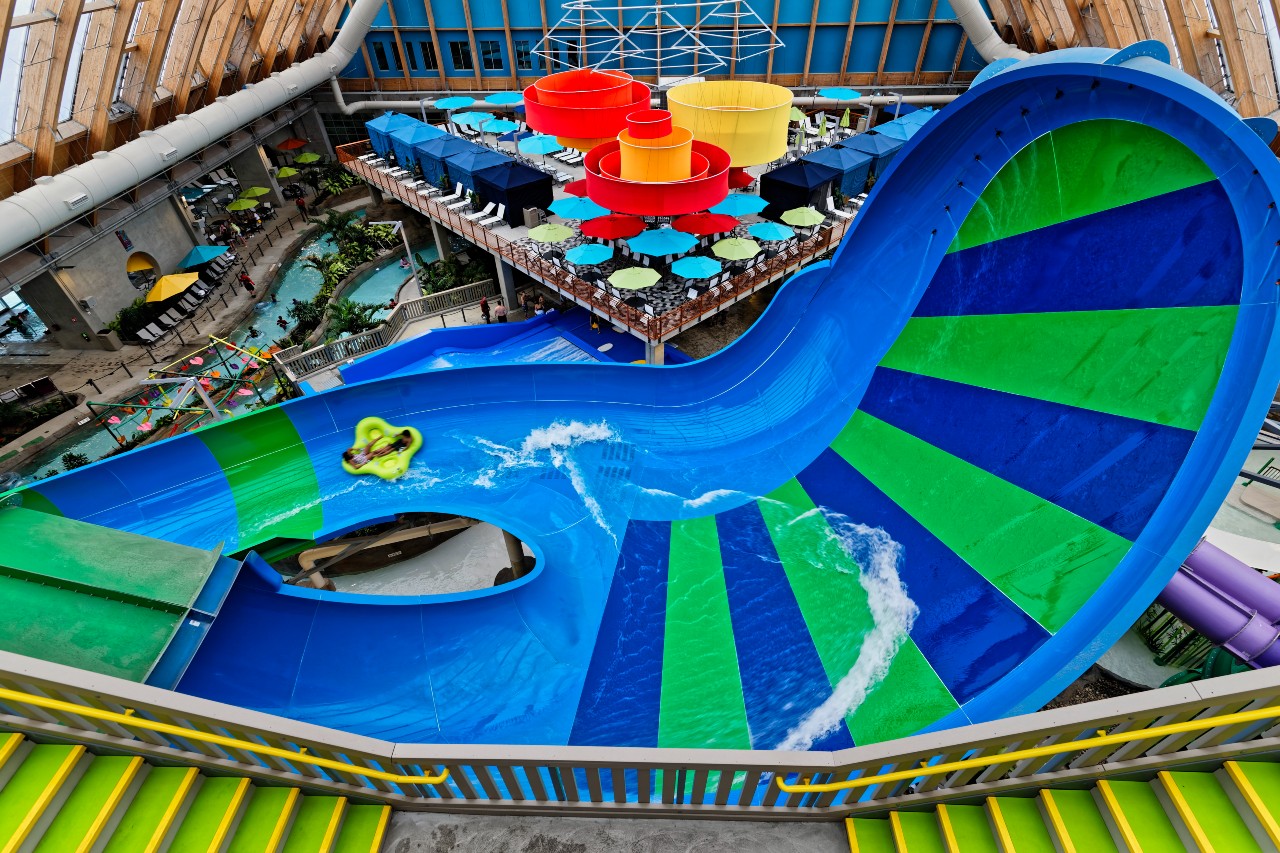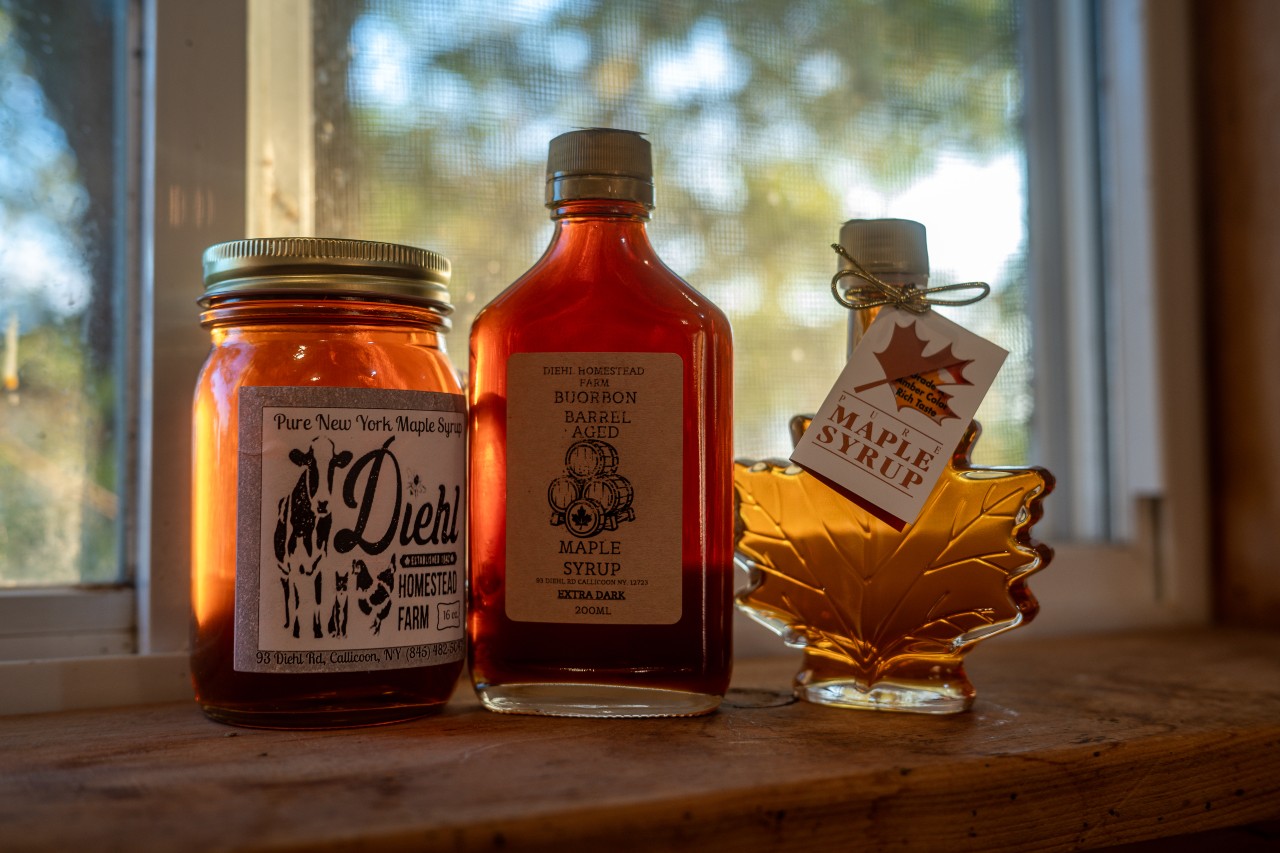As the days grow longer and the air begins to warm, an incredible natural phenomenon takes place in the forests of New York. On rainy nights in late winter and early spring, after the ground has thawed and temperatures remain above 40ºF, thousands of amphibians emerge from hibernation and begin their annual migration. This journey takes them from their forest habitats to small, temporary wetlands known as woodland pools, where they will breed and lay eggs. Among nature enthusiasts, these migration events are often referred to as “Big Nights.”
The Woodland Pool Travelers
The Hudson River estuary watershed is home to several species of amphibians that rely on these seasonal wetlands for reproduction. Some of the most common species making this perilous journey include the Spotted Salamander, Jefferson-Blue Spotted Salamander Complex, Marbled Salamander and Wood Frog
While marbled salamanders breed in the fall, the other three species emerge in masses on these warm, wet spring nights. The sheer number of amphibians on the move creates a spectacular, if risky, migration.
The Perils of Migration: Roads and Traffic
Unfortunately, many of these breeding pools are separated from forest habitats by roads. This poses a significant danger to migrating amphibians, as passing cars can crush large numbers of them before they can safely reach their destination. In some areas, hundreds of amphibians may attempt to cross a single stretch of road in one night, making these journeys fraught with peril.
One of our members, The Outside Institute, has already reported that “almost half the documented frogs, toads and salamanders are dead, even in low-traffic areas.”

How You Can Help: The Amphibian Migrations and Road Crossings (AM&RC) Project
To address this issue, the Amphibian Migrations and Road Crossings (AM&RC) Project enlists volunteers to:
- Identify locations where amphibians are crossing roads.
- Document weather and traffic conditions.
- Record migrating species and their numbers.
- Safely assist amphibians in crossing the road when possible.
By participating in this effort, volunteers not only help protect these fascinating creatures but also contribute valuable data that can be used to better understand migration patterns and inform conservation efforts.
Witnessing a “Big Night”
For those interested in seeing this incredible migration firsthand, the key is to pay close attention to the weather. Warm, rainy nights in early spring are the best times to observe amphibians on the move. If you do venture out, remember to bring a flashlight, wear reflective gear, and be mindful of road safety.
Spring amphibian migrations are a reminder of the delicate balance between wildlife and human infrastructure. With continued conservation efforts and community involvement, we can help ensure these species thrive for generations to come. If you’d like to get involved, consider joining a local AM&RC project and becoming a part of this unique seasonal event!



